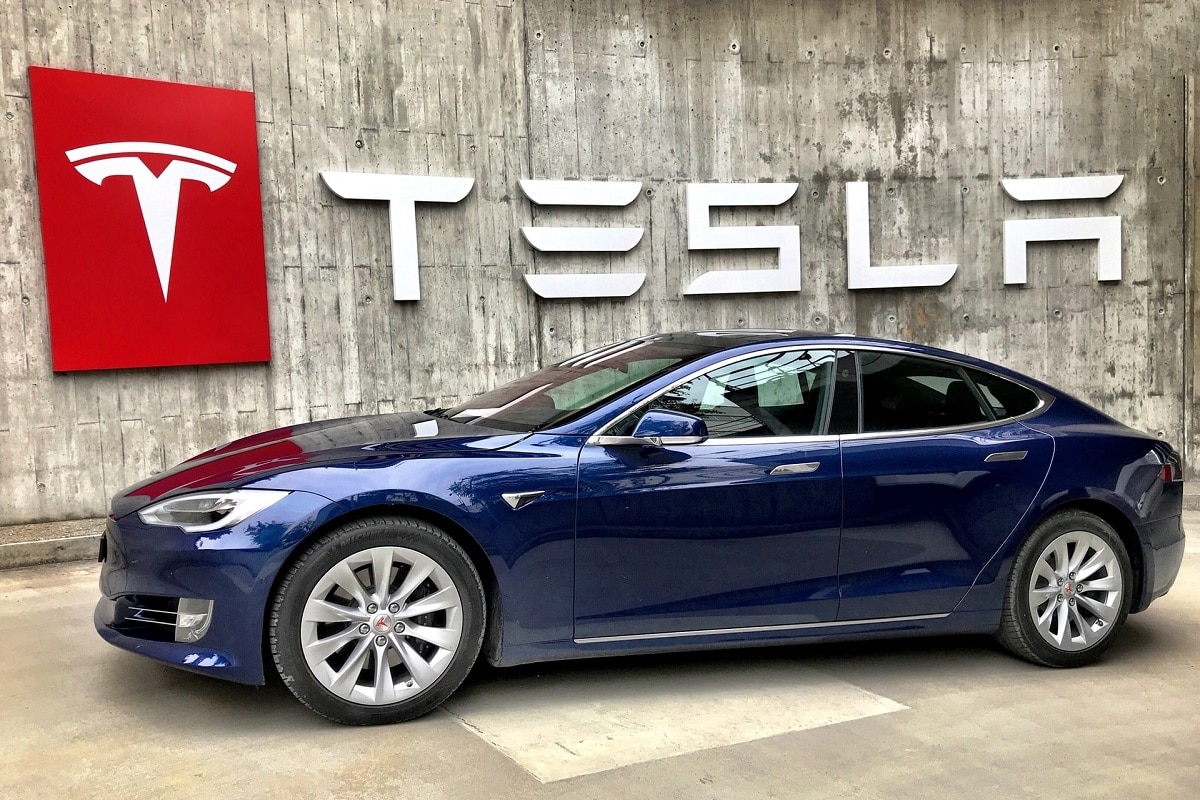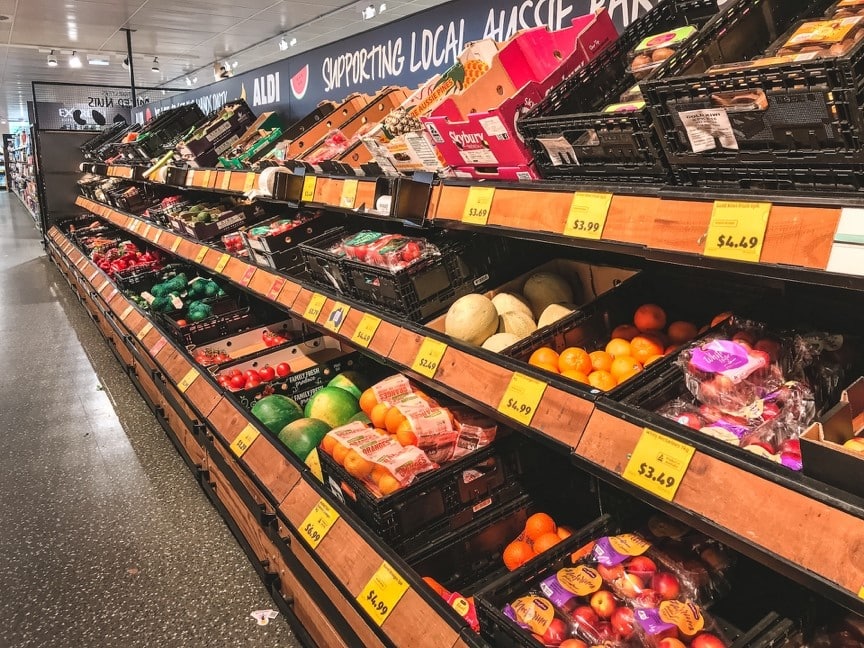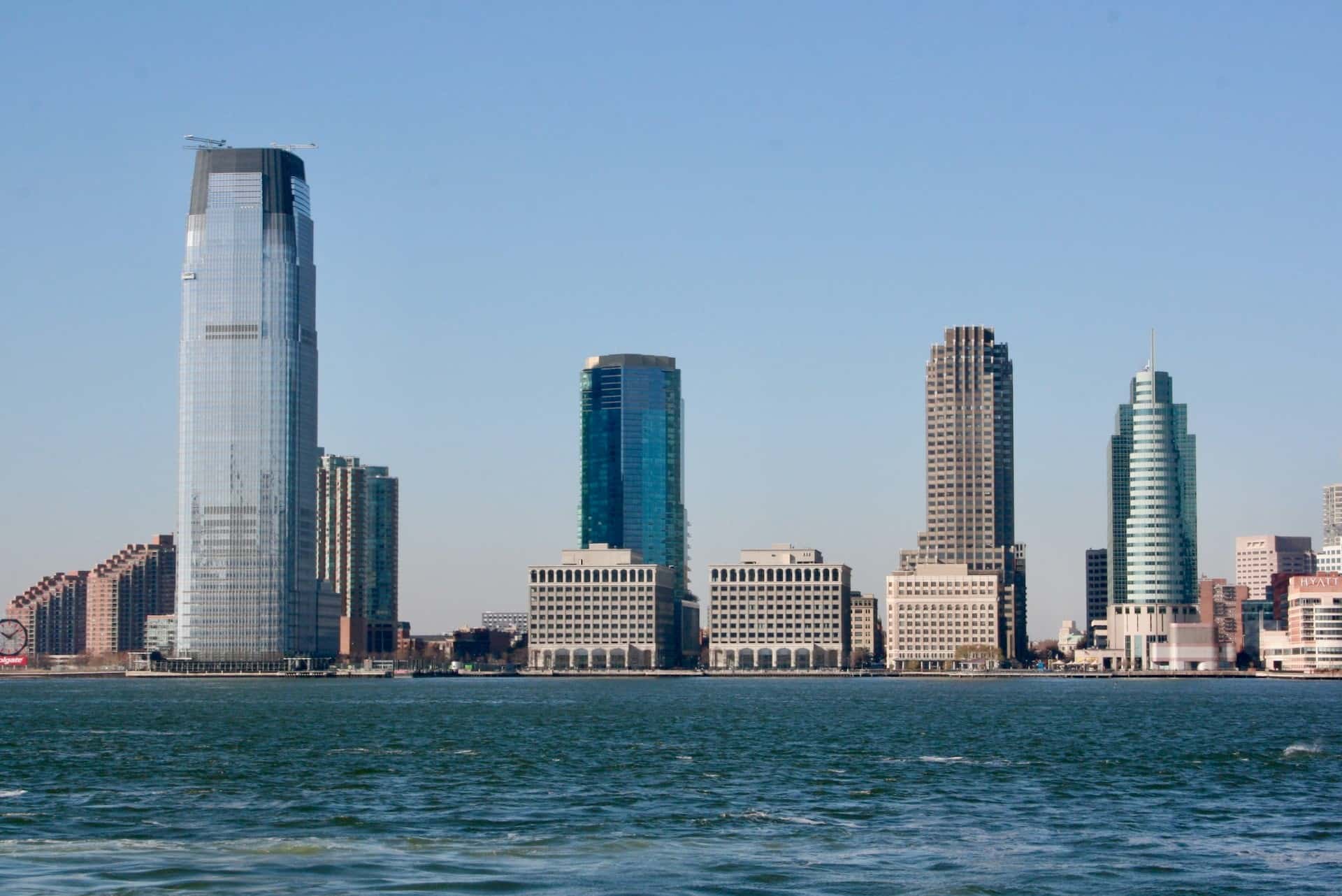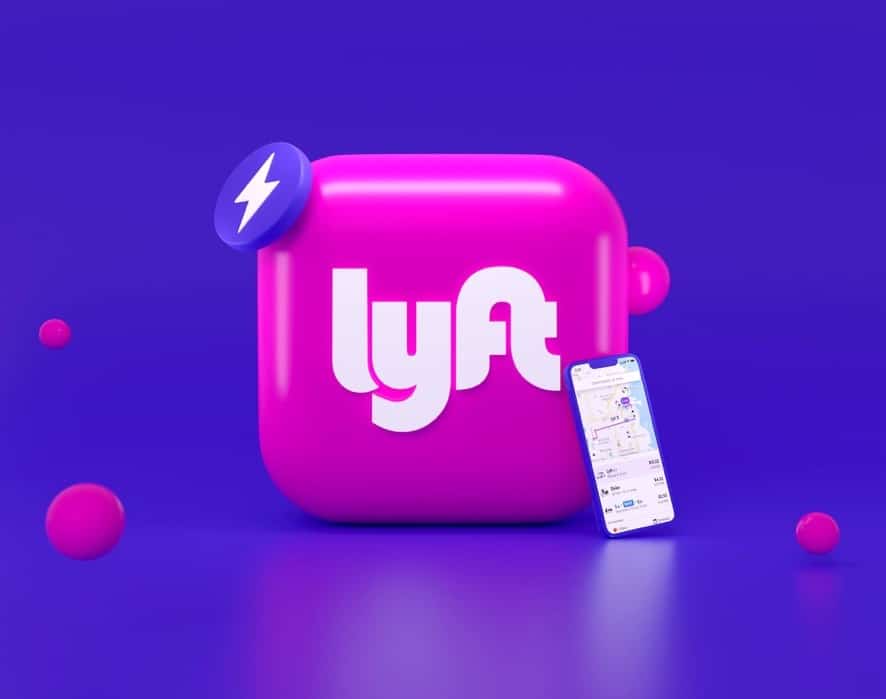Company: TESLA, Inc.
CEO: Elon Reeve Musk
Founders: Elon Musk, Marc Tarpenning, Martin Eberhard, Ian Wright, JB Straubel
Year founded: 2003
Headquarter: Palo Alto, California
Type: Public
Ticker Symbol: TSLA
Revenue (2021): US$53.8 Billion
Profit | Net income (2021): US$5.6 Billion
Products & Services: Tesla Motor Vehicles | Auto service | Financial Services | Energy Storage Battery Packs | Solar panels | Lifestyle products | Retail merchandise
Competitors: 2018 Kia Soul EV | 2018 BMW i3 | 2018 Nissan Leaf | 2018 Volkswagen e-Golf | 2018 Hyundai Ioniq EV | 2018 Chevrolet Volt EV
Did you know?
Tesla’s Model X was the first sport-utility vehicle in history to hold 5-star safety ratings.
Overview of Tesla
Founded in 2003, Tesla Inc. has grown to become one of the dominant electric vehicle (EV) manufacturers. In 2008, Tesla unveiled the Roadster with cutting-edge battery technology and electric powertrain. The company delivered the Model S, recognized as the world’s first premium all-electric sedan.
Between 2015 and 2019, Tesla unveiled Model X, Model 3, Tesla Semi, Model Y, and Cybertruck. By April 2020, Tesla’s vehicles had driven 3 billion autonomous miles versus 20 million miles for Google’s Waymo. Production in its Shanghai facility commenced at the end of 2019. It increased revenues from China by 90% within the first nine months of 2020. [1]
In 2021, Tesla attained its massive profit of $5.6 Billion and delivered around 936,000 vehicles to customers. The company’s market cap increased to $1 Trillion. It is now worth more than the nine largest car companies in the world combined. In December 2020, Tesla was added to the S&P 500 index and cemented its place in the top league. [2]
It is inspiring how Tesla transformed from a cash-strapped start-up to one of the largest car manufacturers in the world within a decade. To understand Tesla’s meteoritic rise to the top, analyze its mission, operational goals, and culture.
Here is an in-depth analysis of Tesla’s mission statement, operational goals, and culture:
Tesla’s Mission Statement
Tesla’s mission statement is:
“To accelerate the world’s transition to sustainable energy.”
What does Tesla’s mission statement mean?
Tesla’s mission statement consists of three components:
- Revolutionize Mobility:
Tesla is a disruptive revolutionary and trailblazer in the manufacture of electric vehicles. The company is accelerating technological and operational transformation in the transport sector. Its innovative smartphone-style updates allow the company to quickly launch technology with its flaws and perfect it with continuous upgrades. This approach allows for rapid growth.
For example, Daimler bought a 10% Tesla stake worth $50 million in 2009 to help the struggling start-up. Fast forward eleven years, Tesla is worth $304.6 billion, more than six times Daimler’s $47.7 billion market cap. It will revolutionize the transport sector for many years. [3]
- Global Leadership:
When it comes to electric car technologies, Tesla is a global powerhouse and leads other auto manufacturers from the front. In 2020, Tesla sold about one-quarter of all the electric cars worldwide. It is the leader with 16% of the plug-in market and holds 23% of the battery-electric car market.
Tesla is far ahead of its rivals Volkswagen in second place and China’s SAIC in third place. According to 2020 stats, Tesla outsold both competitors two-to-one. It will likely hold the upper hand in 2021 and retain its position as the global market leader for many years. [4]
- Transition to Sustainable Energy:
Tesla is transitioning the global transport sector and the world from polluting combustion engines to sustainable and eco-friendly energy sources. To make this future a reality, the company manufactures innovative electric cars and lithium-ion batteries. Tesla cars can travel for 300 miles or more before recharging, while the range for competing models like E-Tron, Taycan, and Bolt is about 200 to 260 miles.
Its energy efficient EVs and global network of Superchargers and Destination Chargers increase its competitive edge. Tesla recently launched a second assembly plant for the Model Y in China, affirming its mission to lead a global transition from gasoline-powered cars to zero-emission electric vehicles. [5]
Tesla’s Operational Goal
Tesla’s operational goal expresses its corporate vision and strategy. It emphasizes the company’s focus on renewable energy and can help fulfill its mission.
Here is Tesla’s goal statement:
“Create the most compelling car company of the 21st century while driving the world’s transition to electric vehicles.”
What it means
Tesla’s corporate vision captured in the goal statement affirms its commitment to deliver high-quality EVs. It will leverage 21st-century technologies to build the best and safest car company and facilitate the adoption of renewable and sustainable energy globally. To achieve this goal, Tesla has a comprehensive operational strategy based on three pillars:
- Do the Basics Right:
Tesla’s vision is to build the world’s best car company. It is committed to designing and building the best products for its customers globally. This commitment also extends to Tesla’s employees. The company has grappled with quality issues in the past and came last in the 2020 J.D. Power Initial Quality Study.
The study unofficially surveyed 87,282 purchasers of new car models after 90 days of ownership and ranked based on their responses. To build the best car company, Tesla implemented robust quality control mechanisms to address product issues.
Its implementation of standardized reporting and trending for all plants, assembly lines, and factories globally, leading to increased visibility of corrective actions. Tesla’s ranking improved in the subsequent Power APEAL Study, which considers both objective and subjective measures. [7]
- Engage Stakeholders
To build the world’s best auto company, Tesla engages its employees and all stakeholders in implementing mission-critical processes. Its early symptom intervention program allows employees in Fremont Factory and other plants to help identify issues and recommend improvements. But guarantying perfection with tight deadlines is a challenge.
For example, Tesla’s employees pushed harder in the last five days of 2020 to meet the 500,000 unit milestone. The company combined data-driven over-the-air PDI improvements and customers’ reviews of their cars in the real world to address quality issues and improve performance. [8]
- Reduce Risk
Tesla values the safety and continually improves its production processes by building on the lessons learned from previous models. The automaker relies on new methods to create life-saving risk control systems, such as its recent “Find It-Fix It” campaign.
It leverages 21st-century technologies to reduce the risk of injuries in its plants and on the roads. In February 2021, Tesla announced new and optimized repair flow services, including suspension, axle damage, and many more. Easily access these repair services quickly via the Tesla app on their phone. [9]
Tesla’s Culture
Tesla’s culture is fast-paced, energetic, innovative, and inclusive. The company relies on these four principles to solve complex problems and change the world.
- Fast-Paced
Speed enhances Tesla’s competitive advantage. This organizational culture ensures Tesla responds quickly to trends and changes in the market. During CES 2021, Shawn Watanabe, head of energy technology at Panasonic, provided insights into the fast-paced development of lithium-ion cells at Tesla’s Gigafactory in Nevada.
Panasonic is struggling to keep up with Tesla’s lightning-paced production. “We have to ship 3 billion cells for the Model S and X to Tesla and achieved the 3-billionth cell for the Model 3,” said Watanabe. Panasonic has to collaborate with so many chemical suppliers to keep up with Tesla’s pace and demand. [10]
- Energetic
Tesla nurtures this culture within the organization by hiring talented people and passionate about changing the world. The company applies this strategy in all aspects of the business. For example, Tesla built its Austin gigafactory in record time.
The facility opened for production on time and will help Tesla deliver more Cybertruck, Model Y, and Model 3 to market. [11]
- Innovative
Innovation is ingrained in Tesla’s DNA. Tesla analyzes obstacles from first principles and leverages disruptive innovations to solve the world’s urgent problems.
“I think it’s important to reason from first principles rather than by analogy,” Musk said.
For example, Tesla seeks to cut battery production costs by revolutionizing its design, chemistry, and processes.
The company is developing low-cost batteries designed to last for a million miles. To cut costs, Tesla seeks to secure direct supplies of nickel and develop cell chemistries to eliminate expensive cobalt from the equation.
This game-changing plan will allow Tesla to deliver EVs at a lower cost than vehicles with combustion engines. [12]
- Inclusiveness
Tesla is building a culture and environment that is safe, fair, and inclusive, where everyone is welcome regardless of gender, race, religion, or age. In 2020, Tesla published its first Diversity, Equity, and Inclusion Impact report.
According to the report, its US leadership is 83% male and 59% white, and its workforce is 21% women and only 10% Black.
“We recognize we have work to do in this area,” the report states. “Increasing minorities and women at all levels, especially in leadership, is a top priority in 2021.” [13]
References & more information
- Great Speculations (2021, Jan 5). Up 8x, What Really Changed For Tesla Stock In 2020? Forbes
- Wayland, M. (2020, Dec 14). Tesla’s market cap tops the 9 largest automakers combined. CNBC
- Taylor, E. (2020, July 22). How Tesla defined a new era for the global auto industry. Reuters
- Schmidt, B. (2021, Feb 8). Tesla sold a quarter of all global electric vehicle market in 2020. The Driven
- Boudette, N. E. (2020, July 22). In Electric Car Market, It’s Tesla and a Jumbled Field of Also-Rans. The New York Times
- Tesla Inc. (2011, May 4). About Tesla Motors, EVs, and Powertrain Components. SEC Gov.
- Nerad, J. R. (2020, Jun 26). Quality And Tesla: Are They Compatible? Forbes
- Berggren, J. (2021, Jan 13). Why Are Tesla Vehicles Not Perfect? It Might Be A Perfect Strategy! Clean Technica
- Benzinga EV Insights (2021, Feb 19). Tesla Offers Customers New Option For Collision, Glass Repair Via Tesla App. Yahoo Finance
- Seredynski, P. (2021, Jan 15). CES 2021: Panasonic races to keep pace with EV battery demand. SAE International
- Kane, M. (2020, Aug 7). Tesla Giga Austin Surprises with Fast Pace of Progress. Inside EVs
- Lienert, P. (2020, Sept 18). The Musk method: Learn from partners, then go it alone. Auto News
- Lyons, K. (2020, Dec 5). Tesla’s diversity report shows its US leadership is 59 percent white and 83 percent male. The Verge
- Featured Photo by Beat Jau












Add comment